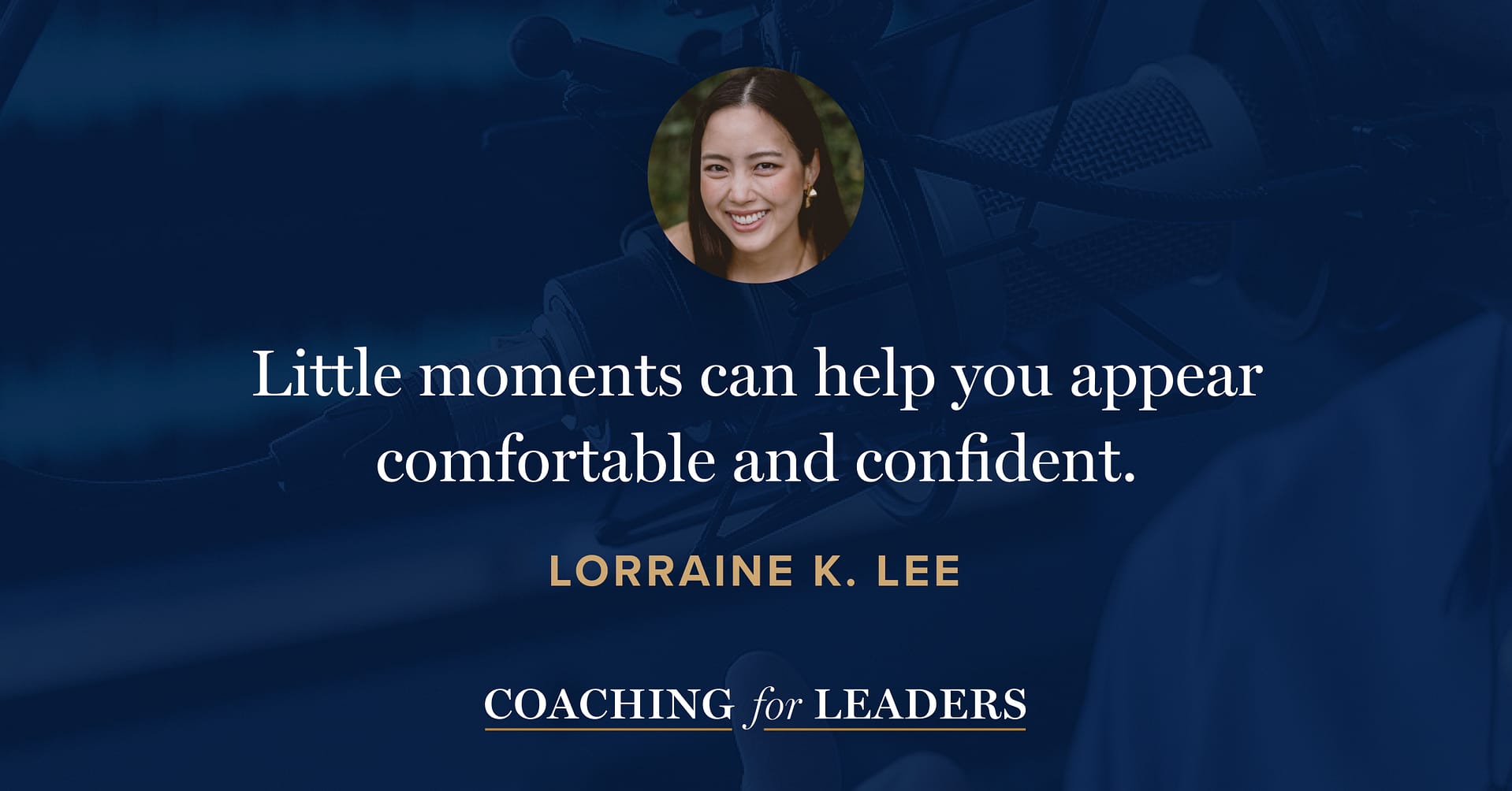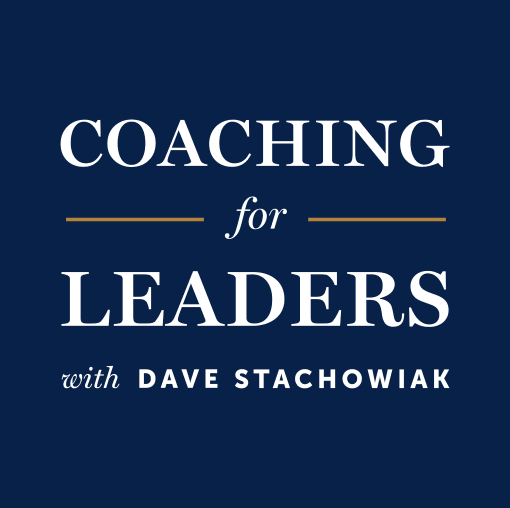Lorraine K. Lee: Unforgettable Presence
Lorraine K. Lee is passionate about helping ambitious professionals go from invisible to unforgettable in the modern workplace. She is recognized as a LinkedIn Top Voice in workplace communication and presence and spent over a decade as a founding editor at top tech firms like LinkedIn and Prezi, where she worked on core products including the LinkedIn Daily News module and LinkedIn Newsletters. She is the author of Unforgettable Presence: Get Seen, Gain Influence, and Catapult Your Career.
Small talk. We all love to hate it – and we also know that most of us will end up in small talk with someone who’s got a lot of influence. It may be an executive or an external stakeholder. Either way, handling it well can open up doors. In this conversation, Lorraine and I detail how to make small talk go better.
Key Points
- Small talk is the starting point before a deeper relationship.
- Most opportunities for executive small talk are predictable. Preparation will help you speak well.
- Set the tone with positive energy. Rather than dominating the interaction or passively reacting to it, thread your conversations so each party shares equally.
- At the office, be ready with a sentence or two about who you work with and what you’re working on. Relationships and outcomes are more memorable than titles.
- At social events, share a hobby or interest and ask about theirs. Keep questions open-ended as you would with a friend.
- Have a topic ready to go for quick interactions. Sharing a thought about a book or podcast that relates to your organization is a useful resource to have at the ready.
- Review your go-to topics regularly so that you always have a relevant conversation topic.
Resources Mentioned
- Unforgettable Presence: Get Seen, Gain Influence, and Catapult Your Career by Lorraine K. Lee
- Lorraine's weekly newsletter
- Lorraine's career tips on LinkedIn Learning
Interview Notes
Download my interview notes in PDF format (free membership required).
Related Episodes
- Executive Presence with Your Elevator Speech, with Tom Henschel (episode 316)
- How to Talk to People Who Intimidate You, with Shandy Welch (episode 706)
- A Key Tactic for Way Better Conversations, with Alison Wood Brooks (episode 717)
Discover More
Activate your free membership for full access to the entire library of interviews since 2011, searchable by topic. To accelerate your learning, uncover more inside Coaching for Leaders Plus.





